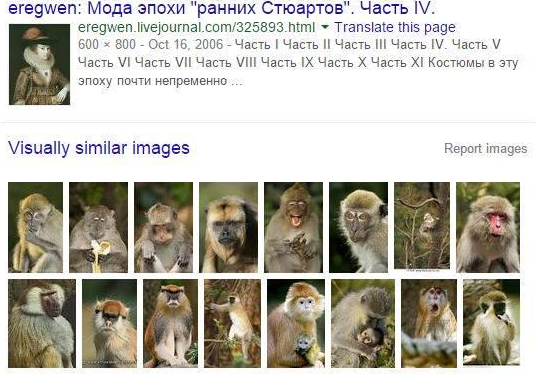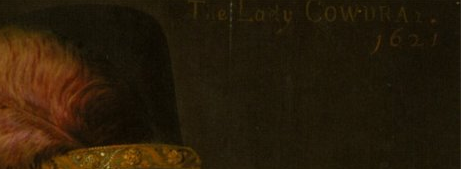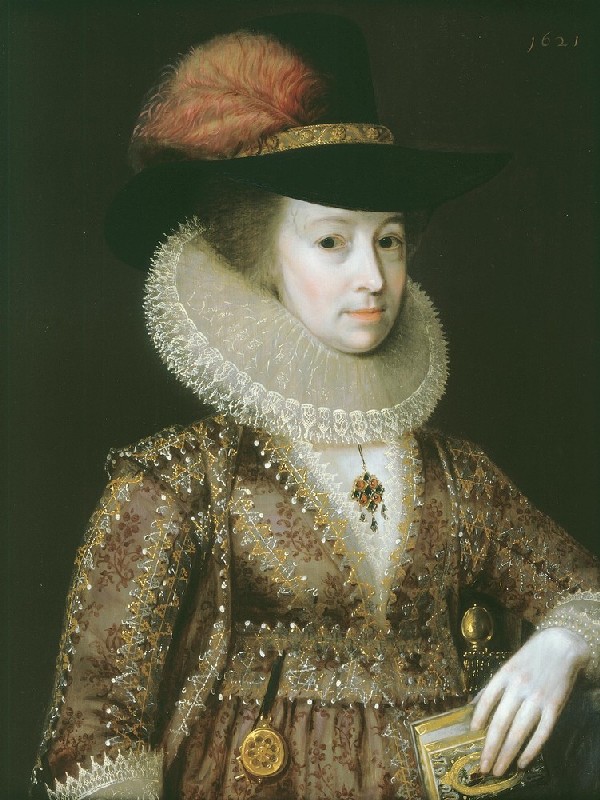
Whilst researching the Cardinall family, I got slightly sidetracked with Thomas Bowes’ family. In 1603, Charles Cardinall, widowed, married Bridget Bowes, and they had one son, James, who, it seems increasingly possible, is one of my ancestors. Born in Dedham in about 1561, the daughter of Ralph Starling, Bridget had been married to Thomas Bowes of East Bergholt (just over the border from Dedham in Suffolk). The 1634 Visitation of Essex shows that Thomas and Bridget had two children: Thomas, who became Sir Thomas, the magistrate who prosecuted “witches” found by the infamous Matthew Hopkins, and Elizabeth. [1]Note that Thomas mentions two more daughters in his 1598 will – Judith and Anne. Elizabeth, according to this Visitation, married Martin Salter of Flowton in Suffolk.
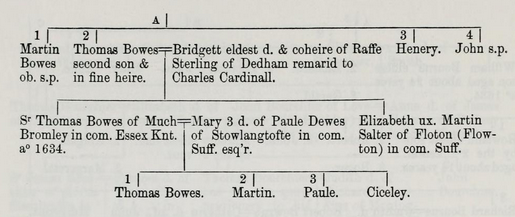
Wondering what there might be to find out about Elizabeth and her husband, I did a quick Google, and was really surprised when I came up with the above portrait. What fun, to see what a relative of mine looked like nearly 400 years ago! It was all over Pinterest, but I managed to trace it down to its apparent source – the aptly-named Grand Ladies site.
I would have taken this at face value and maybe even added it to my Ancestry tree, when I decided to take advantage of my access to a fine art library and see if I could stretch my sleuthing skills by trying to work out the provenance of the portrait and who currently owns it. I set to work, starting with the name of the artist, J. Hoskins. Rather quickly, I realised that something was amiss. According to the Dictionary of Art, Hoskins was a miniaturist, which the above doesn’t appear to be, but there are two full-sized portraits from 1617 of a couple from Norfolk which are attributed to him, so maybe he could have painted Elizabeth.
But if you look at other paintings attributed to him, do they really look the same as the one of Elizabeth? For instance, this is of Henrietta, Queen of France:
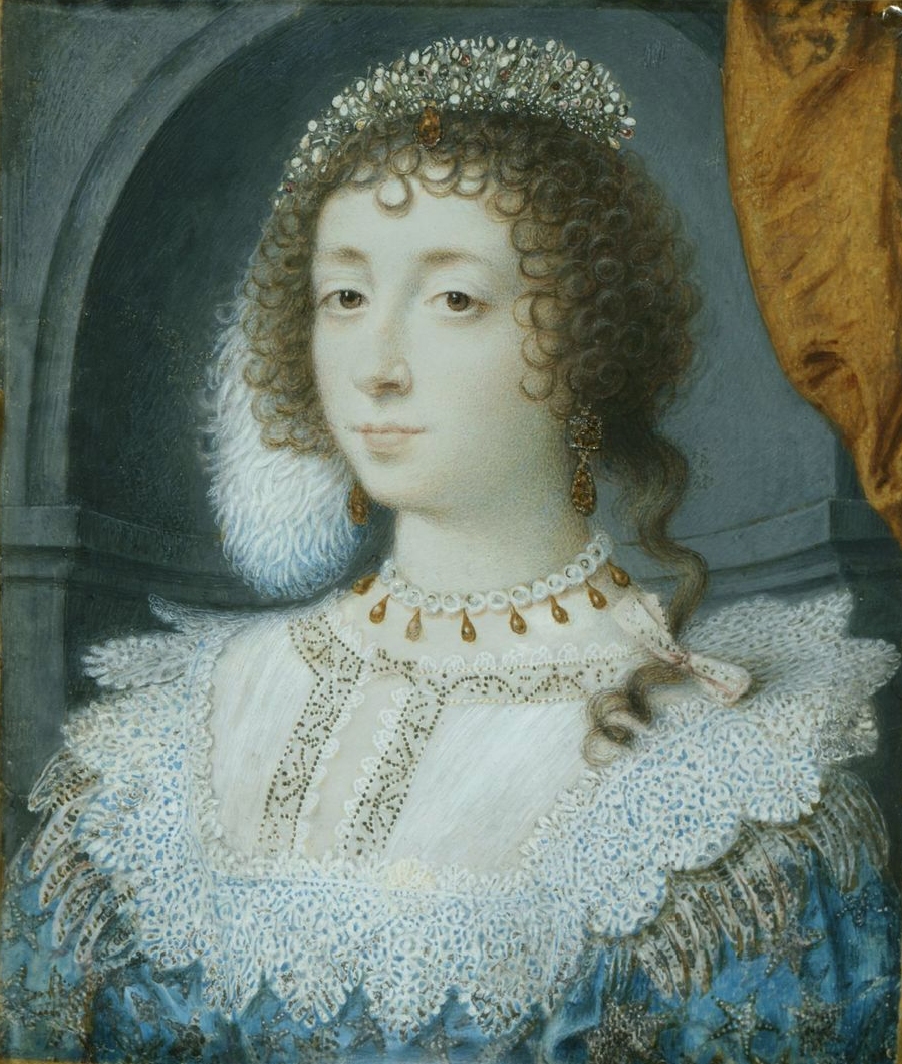
So I tried Google again. A really handy feature of the image search is that, while you might normally search by text, you can actually upload a photo and Google will match it. This is particularly useful if you want to find a larger version of an image, or if you suspect one of your photos has been used without your permission online and you want to trace it. Well, this is all good if Google is behaving. For some reason, Google Image Search thought that Elizabeth was somewhat more simian than she may initially appear:
Eventually, a friend of mine, who managed to stop laughing long enough to trawl the Google Image results, did eventually find what appears to be the true attribution of this portrait. It’s not Elizabeth Salter of Flowton at all, but in fact, Lady Cowdray, by Adam de Colone. You can see her name in this version, in the top righthand corner, which makes one wonder why it’s not on the version of the portrait which proliferates online.
Did someone take the name off so that it could be passed off as Elizabeth Salter? But why bother?!
You can see it as one of a pair at ArtNet – Lady Cowdray was painted with her husband, Sir Thomas Cowdray. They were sold by Sotheby’s in 2006 for over £26,000, and were described in their catalogue as:
Both half length, he wearing an embroidered doublet with white lace collar and cuffs, she wearing an embroidered dress and a lace ruff, with a hat and holding a bible A pair, the former inscribed u.r.:Sir THOs COWDRAY of BERKS / 1621 and charged u.l. with the sitter’s coat of arms, the latter inscribed u.r.: The Lady COWDRAY. / 1621 both oil on panel
So where does that leave us with Elizabeth Salter? Maybe, somewhere, there is a miniature of her by Hoskins. But it’s certainly not this one which is all over the internet! I think this goes to show, all too clearly, how important it is to check your sources, especially when you find it online. Yes, we can Google for information quickly, but how accurate is the information that you find?
Footnotes
| ↑1 | Note that Thomas mentions two more daughters in his 1598 will – Judith and Anne |
|---|

